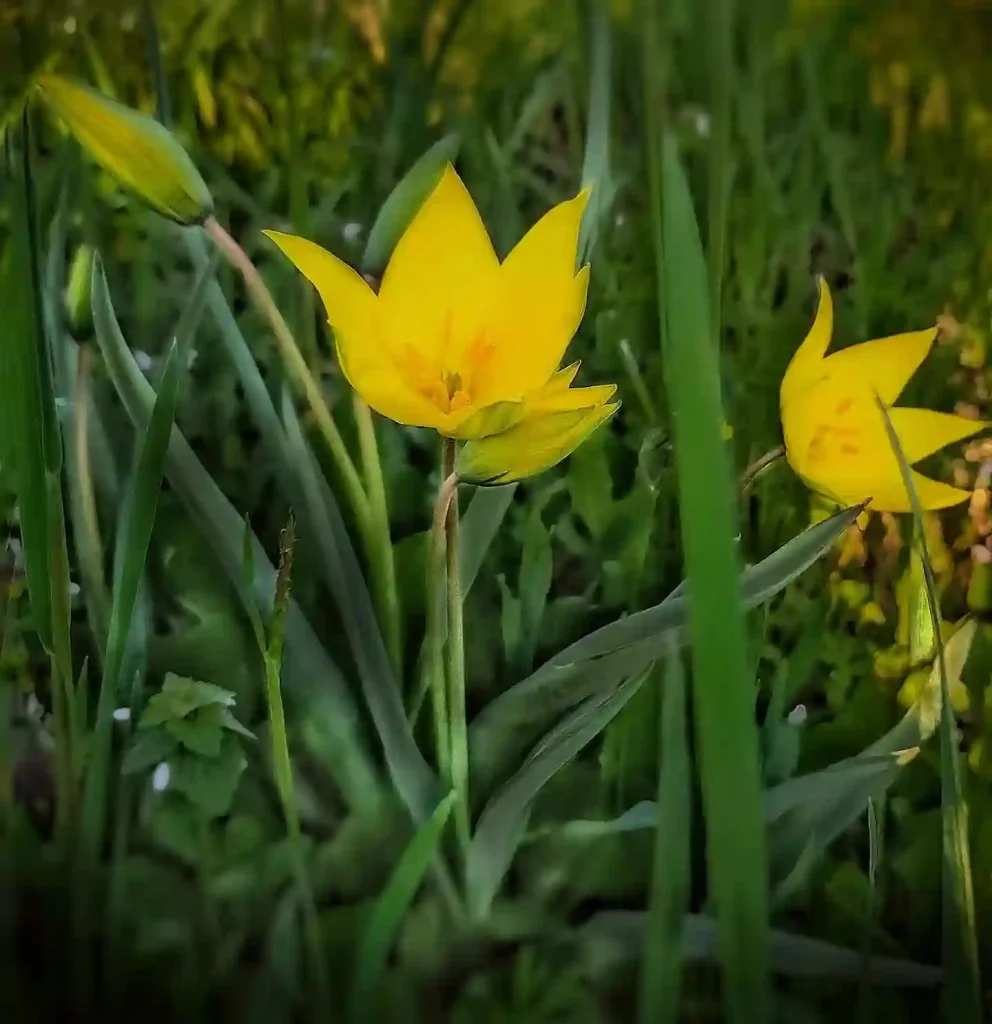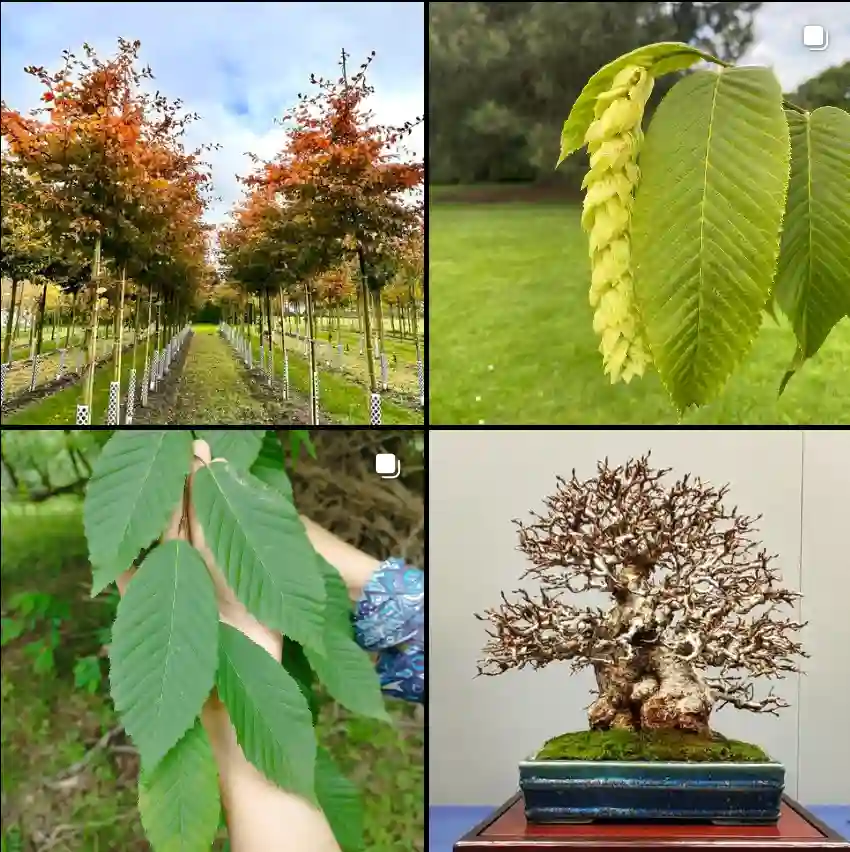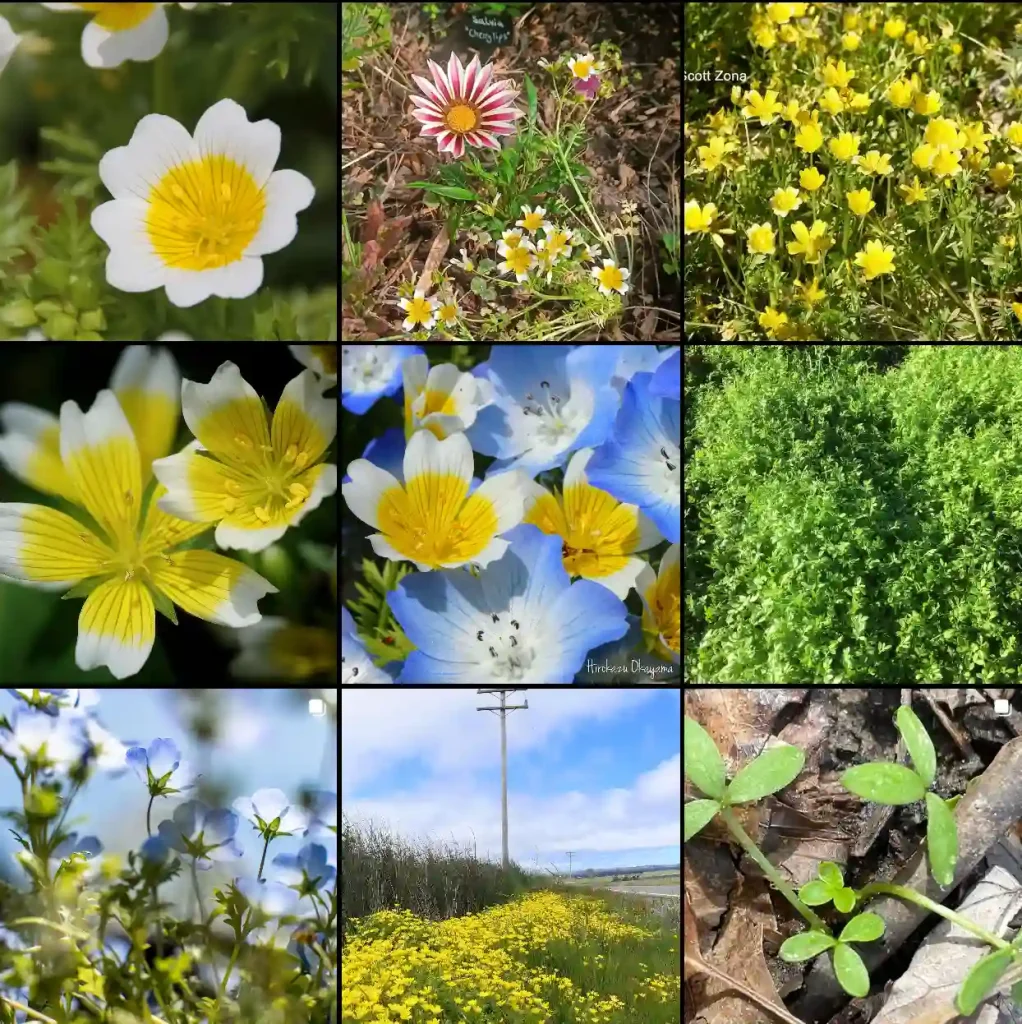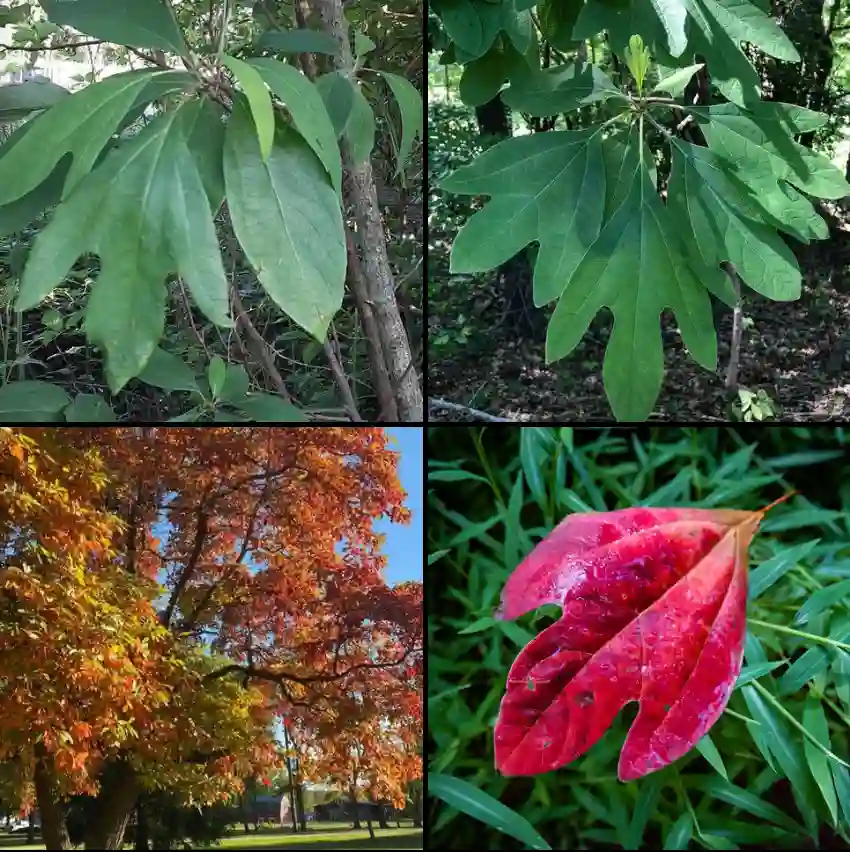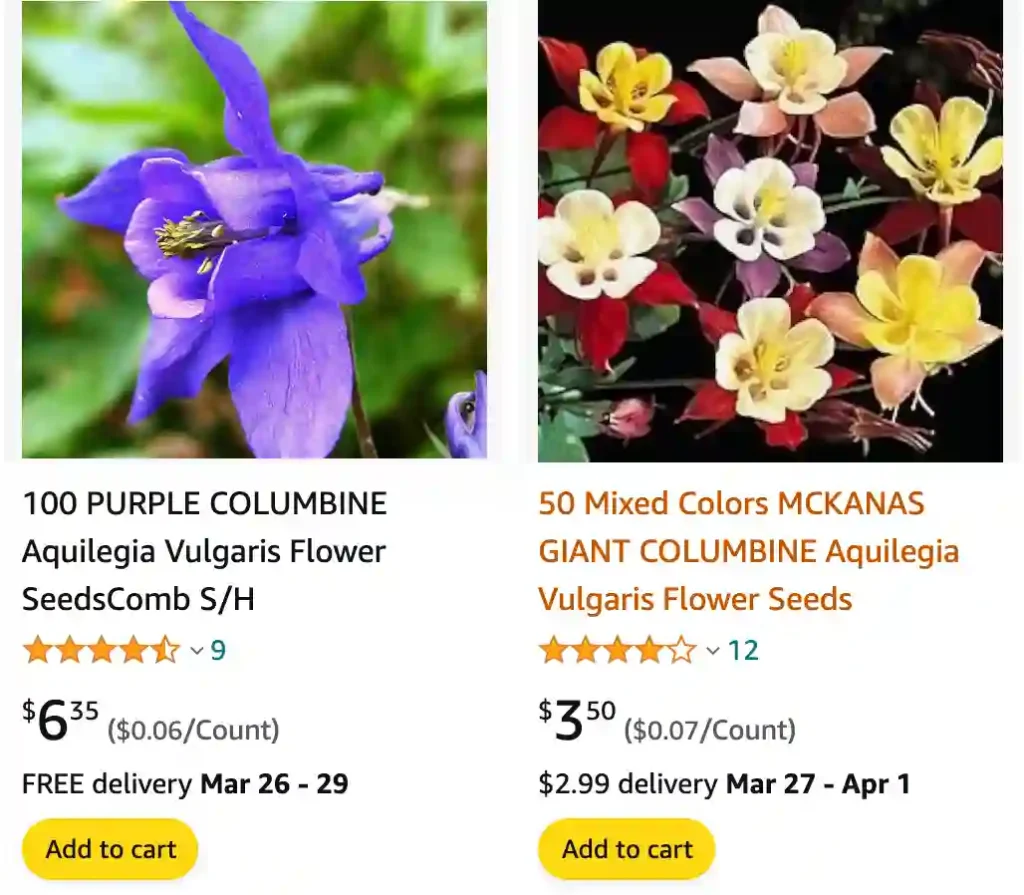
Exploring the Enchanting World of Aquilegia vulgaris
As a passionate gardener, I am always on the lookout for unique and captivating plants to add to my garden. One plant that has particularly caught my attention is Aquilegia vulgaris, commonly known as columbine. Its delicate, nodding flowers and fern-like foliage make it a standout addition to any garden. In this article, I’ll share my experiences and insights on this beautiful plant, covering various aspects from its symbolism to growing tips.
135 Species in Genus Aquilegia – Columbine Flower
Is Aquilegia vulgaris a Weed?
When I first encountered Aquilegia vulgaris, I wondered if it was considered a weed. While some gardeners might regard it as such due to its ability to self-seed and spread easily, I find this characteristic to be one of its charms. In a well-maintained garden, Aquilegia vulgaris can be a delightful addition rather than a nuisance. Its tendency to naturalize can create a more vibrant and dynamic garden landscape.
How to Grow Aquilegia vulgaris?
Growing Aquilegia vulgaris is a rewarding experience, especially when you see its unique blooms in late spring to early summer. Here are some steps I’ve followed to successfully grow this plant:
- Site Selection: Choose a location with partial shade to full sun. In hotter climates, partial shade is preferable to protect the plant from intense afternoon sun.
- Soil Preparation: Ensure the soil is well-drained and rich in organic matter. Adding compost or well-rotted manure can improve soil fertility.
- Planting: Space the plants about 12-18 inches apart to allow for good air circulation. This helps prevent fungal diseases, which columbines can be susceptible to.
- Watering: Keep the soil consistently moist but not waterlogged. Once established, Aquilegia vulgaris is relatively drought-tolerant but performs best with regular watering.
When to Plant Aquilegia vulgaris?
Timing is crucial when planting Aquilegia vulgaris. I prefer to plant columbines in the early spring or fall. Planting in early spring allows the plants to establish before the heat of summer, while fall planting gives them a head start for the following spring. If you’re starting from seed, late winter to early spring is ideal for indoor sowing, and you can transplant the seedlings once the danger of frost has passed.
How to Grow Aquilegia vulgaris from Seed?
Growing Aquilegia vulgaris from seed can be particularly rewarding. Here’s my method:
- Seed Stratification: To improve germination, stratify the seeds by placing them in a damp paper towel, sealing it in a plastic bag, and refrigerating for 3-4 weeks.
- Sowing Seeds: After stratification, sow the seeds in seed trays filled with a well-draining seed starting mix. Lightly press the seeds into the soil but do not cover them, as they need light to germinate.
- Germination: Keep the soil moist and place the trays in a bright, cool location. Germination typically takes 2-4 weeks.
- Transplanting: Once the seedlings have developed a few true leaves, they can be transplanted into individual pots. Harden them off gradually before planting them in the garden.
What is the Symbol of Columbine Aquilegia vulgaris?
Aquilegia vulgaris, or columbine, carries rich symbolism. Historically, it has been associated with themes of love, wisdom, and faith. In the language of flowers, columbine represents a sense of longing and desire. Its unique flower shape, reminiscent of a jester’s cap, has also linked it to foolishness and whimsy. Personally, I find the columbine’s delicate beauty and complex symbolism to be a wonderful addition to my garden, where it serves as a reminder of both the simplicity and depth of nature.
How to Care for Aquilegia vulgaris?
Caring for Aquilegia vulgaris is relatively straightforward. Here are my tips for maintaining healthy plants:
- Pruning: Deadhead spent flowers to encourage more blooms and prevent excessive self-seeding. Cut back the foliage after flowering to promote fresh growth.
- Fertilizing: Feed the plants with a balanced, slow-release fertilizer in early spring. Avoid over-fertilizing, as this can lead to lush foliage but fewer flowers.
- Pest and Disease Control: Watch out for common pests like aphids and leaf miners. Treat infestations promptly with insecticidal soap or neem oil. Ensure good air circulation to prevent fungal diseases.
What to Plant with Aquilegia vulgaris?
Companion planting can enhance the beauty and health of your garden. I like to pair Aquilegia vulgaris with plants that complement its airy growth habit and bloom time. Some great companions include:
- Hostas: Their broad leaves provide a nice contrast to the delicate columbine foliage.
- Ferns: Both plants thrive in similar conditions and create a lush, woodland garden feel.
- Foxgloves: These tall, spiky flowers add height and texture, making a striking backdrop for columbine.
In conclusion, Aquilegia vulgaris is a versatile and enchanting plant that brings both aesthetic and symbolic value to the garden. By understanding its needs and characteristics, you can enjoy the delicate beauty and charm of columbine in your own outdoor space. Happy gardening!
If i die, water my plants!
